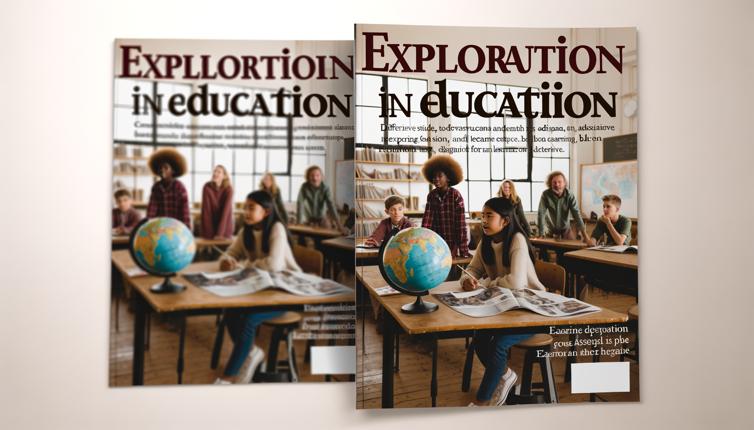Montessori Schools
Montessori schools are based on the educational philosophy developed by Maria Montessori, an Italian physician and educator. The Montessori method emphasizes self-directed learning, hands-on activities, and collaborative work. In a Montessori classroom, students have the freedom to choose their own activities and work at their own pace.,The classroom environment in Montessori schools is carefully prepared with developmentally appropriate materials, organized in specific areas such as practical life skills, sensorial activities, language development, mathematics, and cultural studies. Teachers in Montessori schools act as guides, observing and supporting students' learning journeys.,One of the key principles of Montessori education is the belief in the innate potential of every child. Montessori schools focus on fostering independence, creativity, and critical thinking skills. They aim to create a supportive and respectful learning community where students can develop a love for learning and become active, responsible members of society.
Waldorf Schools
Waldorf education was developed by Rudolf Steiner, an Austrian philosopher and educator. Waldorf schools emphasize holistic learning and the integration of intellectual, artistic, and practical activities. The curriculum in Waldorf schools is designed to address the needs of the whole child - intellectual, emotional, physical, and spiritual.,In a Waldorf classroom, students engage in a variety of activities, including academic subjects, artistic expression (such as drawing, painting, and music), and practical skills (such as gardening and handwork). The goal is to provide a well-rounded education that nurtures the child's imagination, creativity, and social-emotional development.,Waldorf schools also have a unique approach to technology. In the early years, there is an emphasis on hands-on, imaginative play and limited use of technology. As students get older, they gradually introduce technology, but it remains a supportive tool rather than the main focus of learning. The aim is to cultivate a healthy relationship with technology and encourage creative thinking and problem-solving skills.
Other Types of Schools
In addition to Montessori and Waldorf schools, there are other types of alternative schools that offer different educational philosophies and approaches. Some examples include:,- Reggio Emilia schools, which focus on child-led, project-based learning and the arts.,- Steiner schools, which follow a similar philosophy to Waldorf schools.,- Democratic schools, where students have a say in decision-making and participate in self-governance.,- International schools, which offer an internationally-minded curriculum and often promote cultural diversity and global awareness.,These alternative schools provide options for parents who are seeking a different approach to education that aligns with their child's needs, interests, and values.
Conclusion
Choosing the right school for your child is an important decision. Exploring different types of schools, such as Montessori, Waldorf, and other alternative educational approaches, can help you better understand the various philosophies and teaching methods available. Each type of school offers its own unique benefits and considerations, so take the time to research and visit different schools to see which one aligns best with your child's learning style and needs. Remember, the goal is to find a school where your child can thrive academically, socially, and emotionally.








